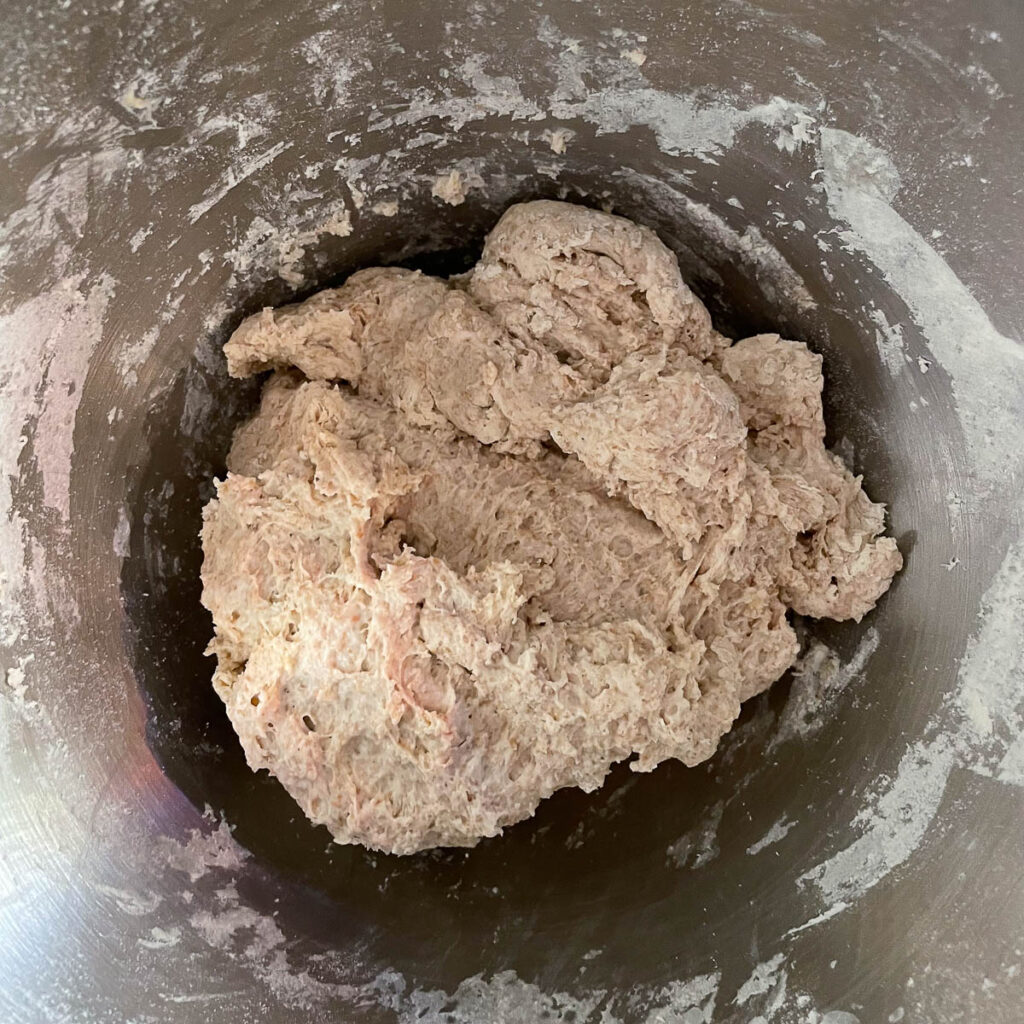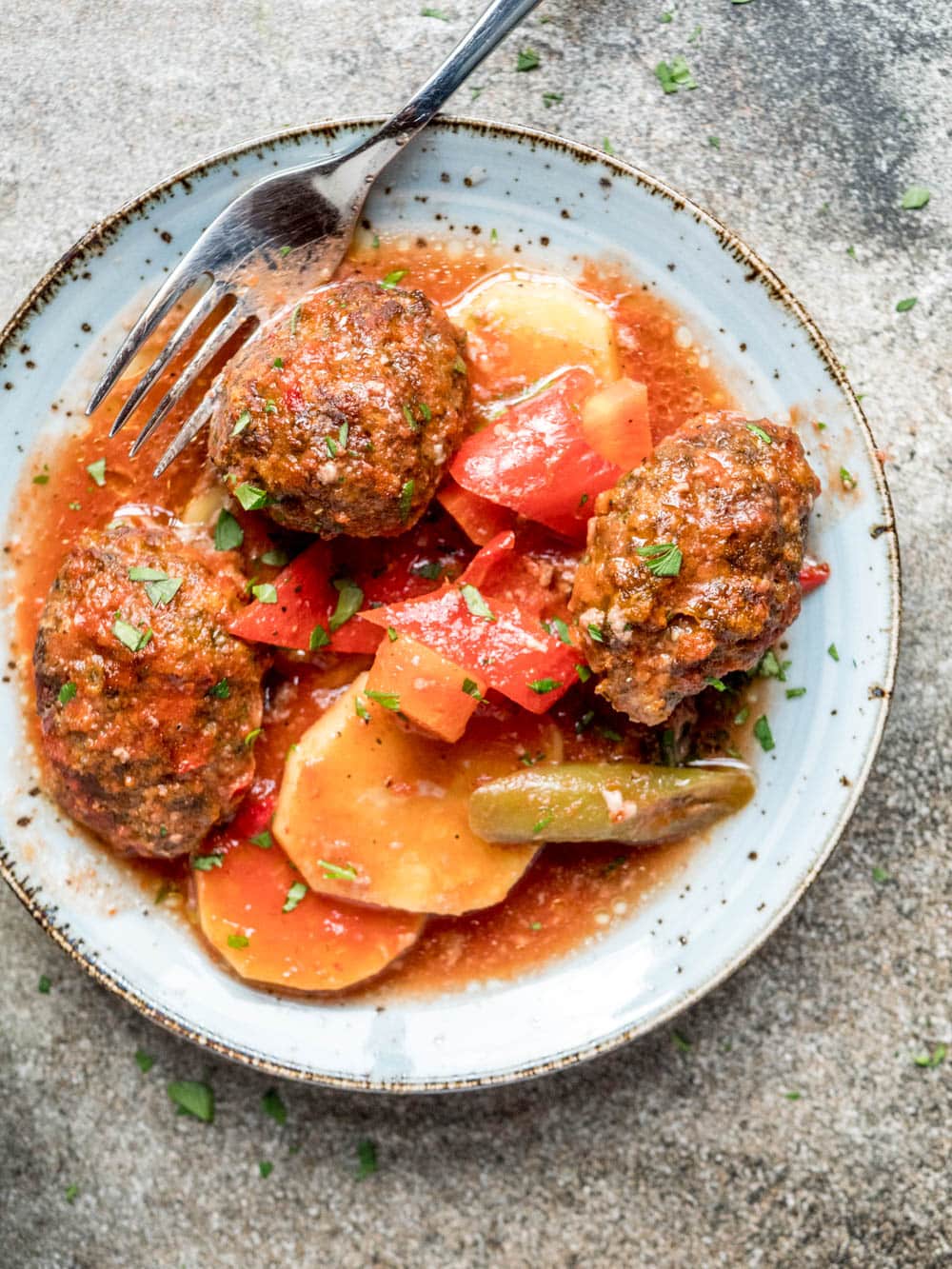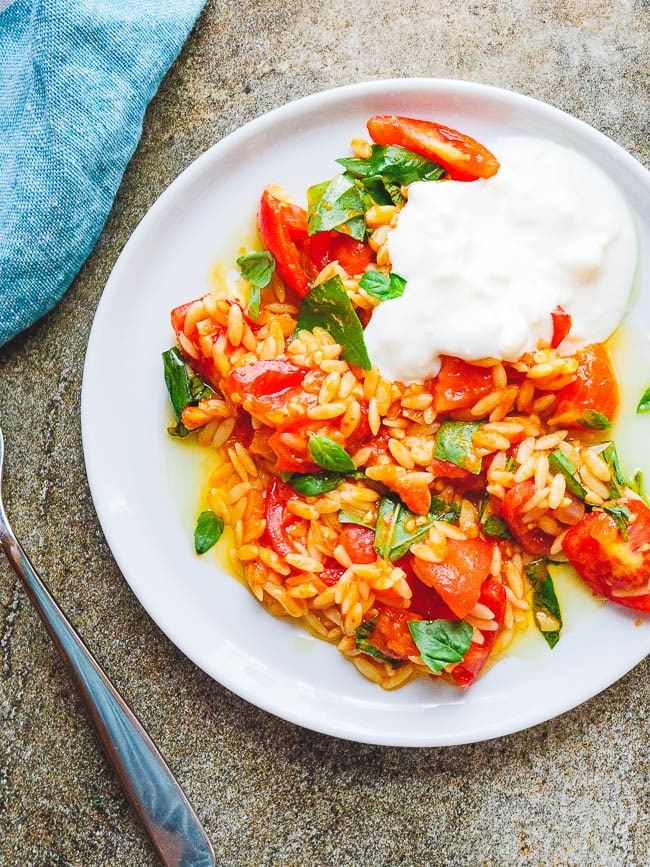Lavash is a flatbread that sits at the very heart of Armenian cuisine. Use it as a wrap bread or alongside dinner, lunch or even breakfast. Here’s how to make a delicious version at home!
This recipe was first published at my newsletter Meze.
What is lavash?
Lavash is a large, thin flatbread that’s chewy in texture and full of dark spots. It’s traditionally made in a tandoor oven (“tonir” in Armenia). Today, you can use other methods as well.
Lavash can be eaten with any meal. Simply tear it up and eat alongside stews, salads or even breakfast. You can also use it as a wrap bread.
Lavash in food culture
Lavash sits at the very heart of the cuisines of the South Caucasas and Western Asia. It’s considered a treasure of Armenian cuisine, though it’s also widely popular in Azerbaijan, Iran and Turkey – and is part of the cuisine elsewhere too.
The making of lavash probably goes as far back as the human history of baking. It’s a bread that’s so much more than a simple combination of ingredients.
A few years ago, UNESCO rightly placed lavash on its list of Intangible Cultural Heritage of Humanity. It highlighted its “preparation, meaning and appearance of traditional bread as an expression of culture in Armenia”.
With a history going back millennia, there are probably as many ways of making lavash as there are tandoor ovens. Or tonir, as Armenians call it.

A general note on authenticity
I used to think that in order to be “authentic”, a recipe had to be an exact copy of how a traditional food is made. No substitutions, no adaptations.
Since moving to Turkey eight years ago, travelling the country and eating the same foods in many different places, I’ve changed my mind.
There’s almost never one way of making something. Local cooks make substitutions and adaptations, too. They add and subtract. Recipes are very much organic, changing from place to place and over time.
What matters for authenticity is the core of the dish: What makes it unique and different from other, similar dishes?
This will surely be the topic of a later post in my newsletter, but this is the spirit in which I make my recipes.
I always strive for an end result that’s instantly recognisable to people who know the dish, but I don’t shy away from the occasional adaptation if it makes my life easier.
I do my best to be open and honest about what I’ve done differently, though. In my view, the end result can still be “authentic”.
What distinguishes lavash from other flatbreads?
With that in mind, what is it that makes a flatbread lavash, and not some other nondescript flatbread?
First, and perhaps most importantly, its long-standing culture and place in Armenian cuisine (as well as others).
In terms of appearance, it should be thin, large and oblong. There should be small browned bits all over.
The texture should be chewy, but still pliable (though crispbread versions do exist).
How to make Armenian style lavash at home
Traditionally baked Armenian lavash achieve these things primarily through two means. A piece of old dough (sourdough) gives the chewy but pliable texture. The heat of a tandoor oven (“tonir” in Armenia) gives the right appearance.
While most of us don’t have a tandoor oven at home, all those things can still be achieved at home too. All you need is a few modifications to the process.
Indeed, while I haven’t personally visited Armenia (yet), I’d be very surprised if these adaptations aren’t already used across the country.
The ttkhmor – a preferment
Traditionally, a piece of old dough is used as a starter and to leaven the dough. Armenians call this the ttkhmor.
In ancient times, this was the way to achieve leavening. The original sourdough method, if you like.
But it also helps in developing a more complex flavour and chewy texture.
Most of us don’t bake lavash on a daily basis, however. Using a piece of old dough isn’t practical.
Luckily, a pre-ferment with sourdough or commercial yeast yields very similar results.



The tonir – or how to cook the lavash
The blistering hot walls of the tandoor oven that bakes lavash to perfection in just 30 seconds is harder to replicate at home.
The high heat is crucial for a texture that combines slightly burnt, crispy spots with a bread that’s soft and pliable. If the heat isn’t high enough, you’ll end up with a dry crispbread which doesn’t even have darkened spots on it.
Option 1: Wok
In the book Lavash, authors Kate Leahy, John Lee and Ara Zada suggest the best at-home solution is to turn a wok upside-down over a hot gas flame.
I love my wok, but I’ve followed the advice of a Chinese friend and have never bothered with seasoning the underside, or even cleaning it properly.
Cooking on it isn’t an option.
Option 2: Large griddle pan
Alternatively, they suggest a 50 cm (20 in) griddle pan and stretching the dough to approx 33×23 cm (13×9 in) for a traditional oblong shape.
I don’t know about you, but I’ve got no griddle pan of such size in my kitchen.
Option 3: Large cast iron pan
My favourite pan – a sturdy black cast iron pan – is circular and 28 cm (11 in) in diameter. Simple maths tell me the surface area of it is roughly the same as the oblong shape.
This means two adaptions.
First, since there’s no heat from above, the lavash needs to be cooked on both sides.
Second, I’ve gone for a circular shape instead of the traditional oblong.


How thick should Armenian lavash wrap bread be?
Finally, there’s the question of thickness.
Armenian lavash is usually thin – thinner than wheat tortillas.
But I’ve also been served lavash that’s been slightly thicker. There isn’t just one rule here, either.
The thinner lavash is certainly the better, though it also means more work in rolling out dough – and it gets more difficult to cook it to perfection without it turning crispy (though lavash can be crisp too!).
The result: A wrap bread that’s unmistakably lavash
Even with all these adaptions, the bread that comes out at the other end is unmistakably lavash.
The recipe below is adapted from the aforementioned Armenian cookbook named after this very flatbread.

At 41% wholemeal, it’s also filling, though you can substitute more white flour if you prefer.
I like the depth of flavour and slight tanginess provided by the sourdough starter, but if you don’t have one, commercial yeast works too.
Serving suggestions
This recipe makes a fantastic lavash that goes well with just about any South Caucasian, Turkish or Middle Eastern style food.
It’s also great as a sandwich wrap bread. Just fill it with whatever you like.
Armenian lavash flatbreads freeze well. I usually keep a batch in my freezer.

Armenian lavash wrap bread
Ingredients
- 75 g wholemeal flour
- 100 g water
- 15 g active sourdough starter, or ¼ tsp instant (fast action) dried yeast
Main dough
- the starter dough
- 300 g lukewarm water
- 1 Tbsp oil or butter
- 150 g wholemeal flour
- 325 g strong white bread flour
- 10 g salt
How I make it
- Mix all the ingredients for the starter dough. Cover and leave to rise for 1½ to 2 hours. The mixture should be active, but it won't have risen much yet.
- Add water and oil or butter to the starter dough. Mix well, then add the flour and salt. Mix until the dough comes together. You can use a kitchen machine, a wooden spoon or your hands. No need to knead it yet, the dough only needs to come together. Cover and leave to rise for 20 minutes.
- Place the dough in the bowl of a kitchen machine and, using the kneading hook, knead on medium speed until fairly smooth, about 5 minutes. Cover and leave to rise until nearly doubled in size, 2–3 hours.
- Tip the dough onto a lightly floured surface. Cut into 10 equally sized pieces (approx. 95 g each). Roll each piece into a nice, round bun (see video below for the technique I use). Dust with a little flour and cover with plastic wrap or similar. Leave to rise until the dough pieces are fairly fluffy, around 1½ hours.
- Heat a large (min. 28 cm/11 in diameter) thick bottomed frying pan over medium heat.
- Using a rolling pin, roll a piece to the same size as your frying pan. Fry for about one minute on one side, and around 30 seconds on the other. The lavash should rise slightly and be speckled with dark (but not burned) spots all over. If your lavash burn or get crispy in this time, reduce the heat. If they look undercooked, increase the heat a little. It usually takes a piece ofr two to get the temperature right the first few times.
- Wrap the lavash in dry kitchen towel(s). Repeat with the remaining dough pieces, making sure to brush away any flour from the pan between each lavash.
- Eat or wrap the lavash in air tight bags and freeze them as soon as possible after they’re cooled.














